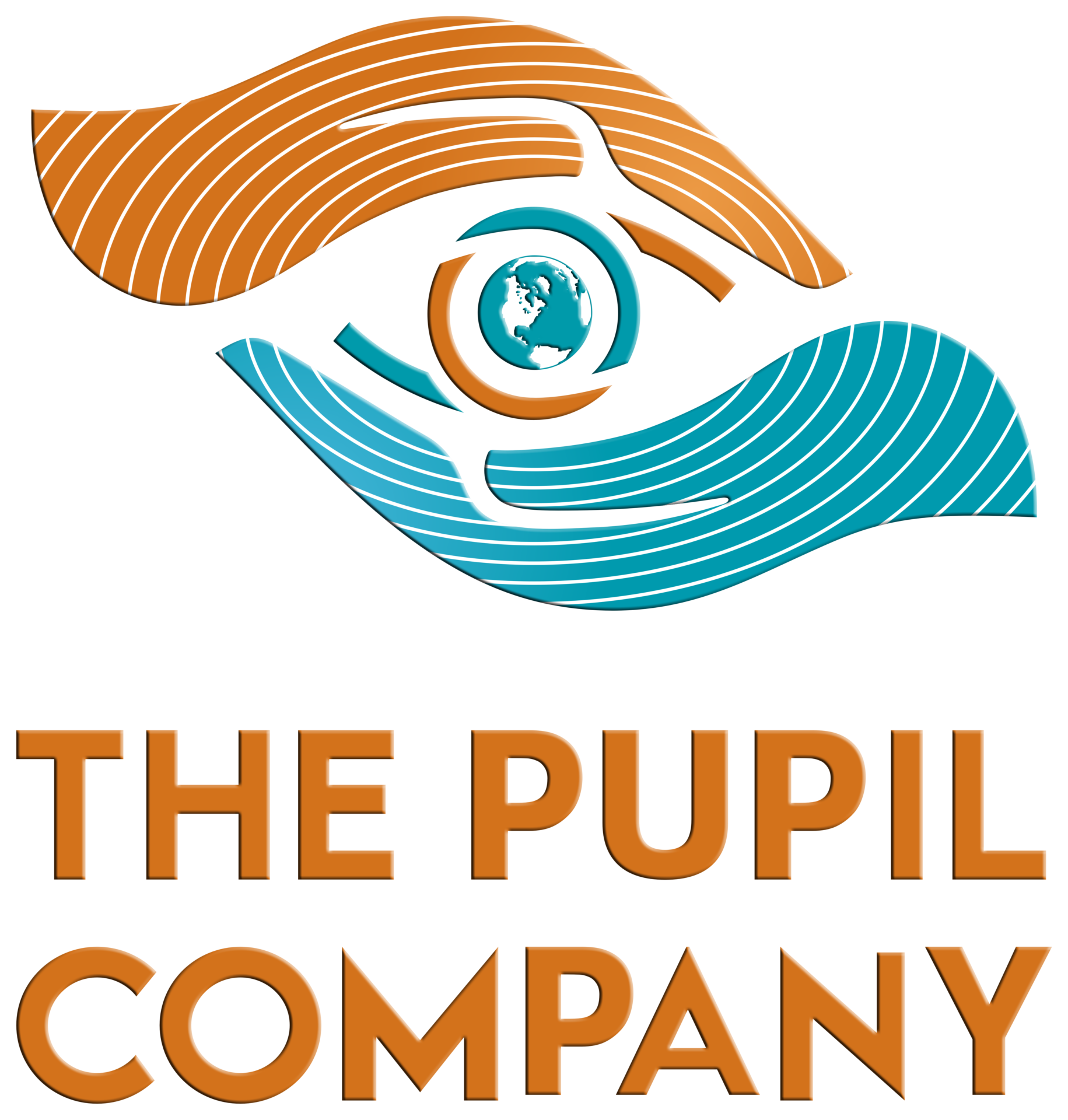Most of us think about education through the lens of the classrooms that we grew up in, the ones before lunch and after recess. How could we not? We turned out alright- so surely we should model the classrooms for adults in the same way!
This is a critical error because of one discreet detail- adults are not children.
Malcolm Knowles, creator of the theory of andragogy, noted 6 key differences in the education of adults than the education of children.
- The Need to Know
A child can sit down in a classroom and be exposed to new information on any subject area and they, as they are expected, will simply begin to learn the information. Adults are more difficult- they need to know why they are learning the information and what usefulness the information will have for them in their daily lives.
- Self Concept
Children are pliable in their disposition and can be told “the best way” to learn a piece of information. Adults have too much pesky experience for that and already have a sense of best practices for them individually. This self concept of their learning style is much more difficult to change and, therefore, it is more efficient to adapt to the learning style to the learner rather than adapting the learner to the learning style.
- Learner Experience
Adult learners have vastly more experience than children, and as a result effort should be made to individualize the learning experience to connect with those experiences to efficiently communicate new material.
- Readiness to Learn
A child may be taught the structure of government in a civics classroom years before they are able to vote; in fact, the expectation is that children are learning material that is not necessarily immediately useful. Adults do not function this way; the connection should be made between the material and its immediate application.
- Orientation to Learning
Children learn because they are expected to- Adults learn because they have goals to be met and problems to overcome and each lesson should be directly connected to these goals and problems.
- Motivation in Learning
A child’s motivation is often external- praise or punishment from an authority figure; while adults are much more internally motivated- often seeing the education as a means to accomplish an end. These ends should be highlighted in the learning experience.
Is your classroom designed for children or adults?
What’s YOUR Vision?

